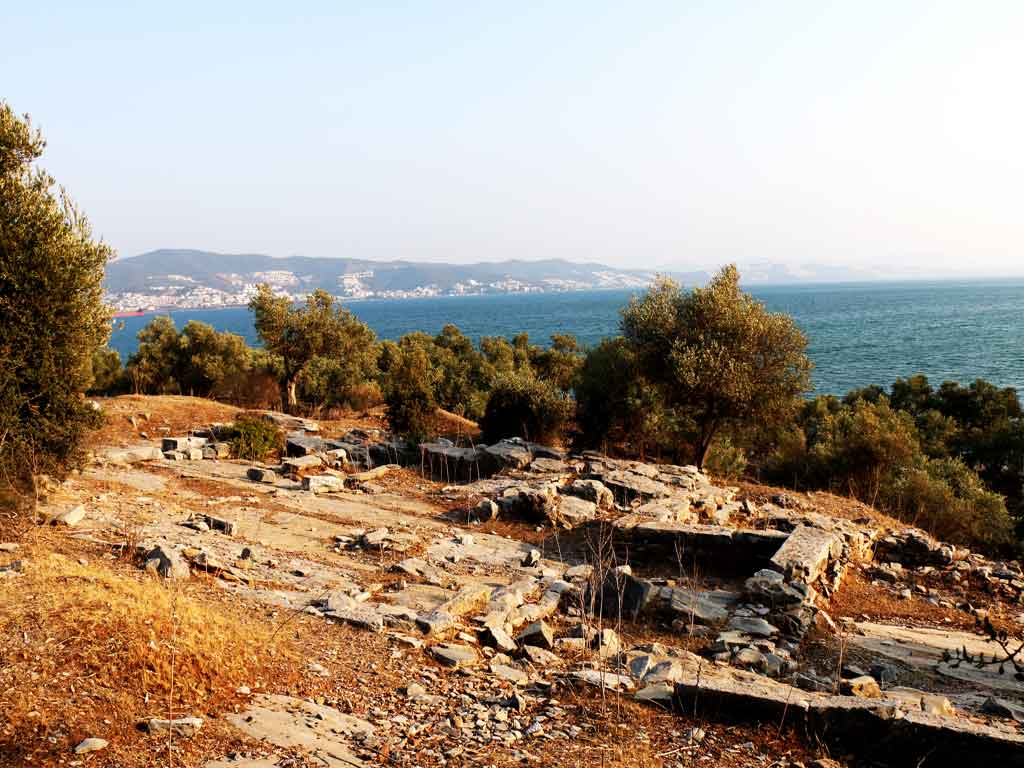The Sanctuary of Demeter And Kore

The most ancient construction, which dates to the second half of the 6th century BC, had two rooms of differing sizes. One had a rectangular hearth (eschara), where a small group of votive materials was found. In the 5th century BC this became the central element of an open space, probably provided with a portico and with a room on its west side, where another votive deposit came to light. The terracotta objects, offered in great quantities to the divinity, indicate that the sanctuary was probably dedicated to Demeter and Kore, and that the cult continued certainly up to the beginning of the imperial Roman period. In the 4th century BC a new entrance, with a short flight of steps and a corridor, was opened on the north side.
The votive deposit comprised materials dating from the 5th century BC onwards. The following finds are probably connected to the cult of Demeter and Kore: two statuettes which portray the pair of divinities seated and covered with a single mantle; numerous figurines of female water carriers (idrophoroi); lamps; miniature water jugs (hydriai) and offerings which reproduce bread loaves, flat cakes, flowers and fruits, including the characteristic pomegranate.
Dates to the second half of the 6th century BC.
The following finds are probably connected to the cult of Demeter and Kore.

 Selçuk University
Selçuk University  Ministry of Culture & Tourism
Ministry of Culture & Tourism